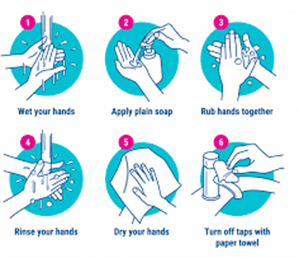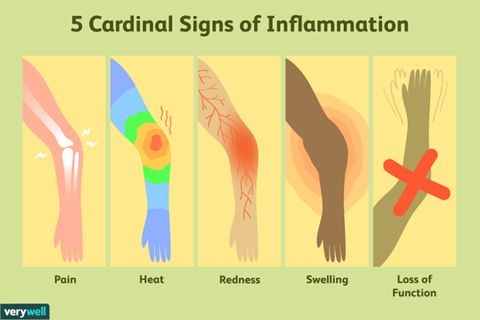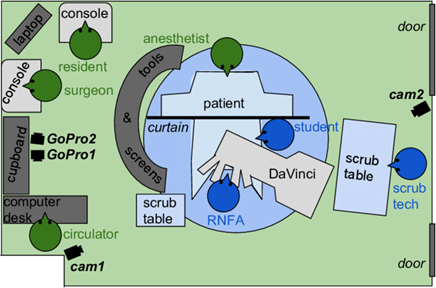A nurse is observing a newly licensed nurse perform hand hygiene. Which of the following actions by the newly licensed nurse indicates an understanding of the procedure?
Turns off the faucet with their hands
Holds their hands below the elbows while rinsing off soap
Uses hot water to wash their hands
Washes their hands for 10 seconds
The Correct Answer is B
According to the CDC, practicing hand hygiene is a simple yet effective way to prevent infections in healthcare settings. Hand hygiene means cleaning your hands by washing with soap and water or using an alcohol-based hand sanitizer. When washing hands with soap and water, healthcare workers should wash their hands for at least 20 seconds1. Holding their hands below the elbows while rinsing off soap is a proper hand hygiene technique

Nursing Test Bank
Naxlex Comprehensive Predictor Exams
Related Questions
Correct Answer is A
Explanation
Localized warmth is a classic sign of inflammation and can indicate the presence of an infection or injury in the affected area. Sanguineous drainage is a type of wound drainage that consists of blood and is not a sign of inflammation. Palpable pedal pulses and full range of motion can provide information about the injury, but they are not specific to inflammation. Therefore, options b, c, and d are incorrect.

Correct Answer is C
Explanation
When setting up a sterile field, it is important to inspect the sterile package for holes before opening it to ensure that the contents are still sterile1. The first flap of the package should be opened away from the body

Whether you are a student looking to ace your exams or a practicing nurse seeking to enhance your expertise , our nursing education contents will empower you with the confidence and competence to make a difference in the lives of patients and become a respected leader in the healthcare field.
Visit Naxlex, invest in your future and unlock endless possibilities with our unparalleled nursing education contents today
Report Wrong Answer on the Current Question
Do you disagree with the answer? If yes, what is your expected answer? Explain.
Kindly be descriptive with the issue you are facing.
